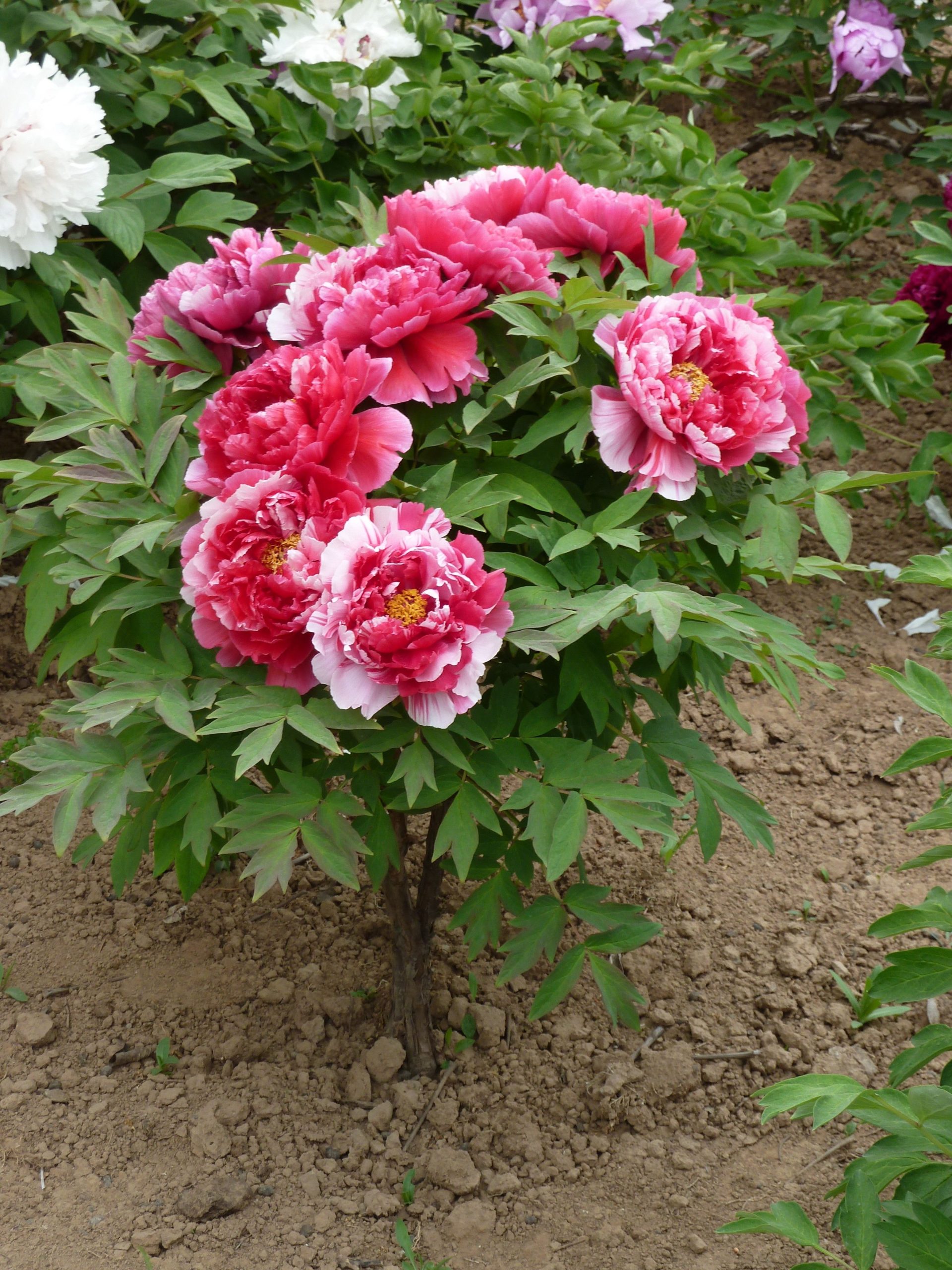Imagine a garden filled with large, colorful blooms—the magic of Asian peonies (*Paeonia lactiflora*). These captivating flowers have adorned gardens and inspired artists for centuries. This guide explores their rich history, diverse varieties, and practical tips for cultivating these elegant additions to your backyard.
History and Cultural Significance
Asian peonies hold deep cultural meaning, especially in Asian countries like China and Japan. In China, the peony is known as the “king of flowers,” symbolizing prosperity, honor, and good fortune. It’s often depicted in traditional art and featured prominently in celebrations like weddings. Learn more about what the Asian peony represents. In Japan, peonies embody grace, bravery, and a balance between strength and beauty. These blooms frequently appear in traditional paintings, underscoring their cultural importance. You might even find an Asakuki rock white wood essential oil diffuser subtly infused with peony fragrance in a tranquil Japanese home.
Cultivating Asian Peonies: A Practical Guide
Bringing the charm of Asian peonies to your own garden is easier than you might think. Most Asian peonies, particularly woodland varieties like P. obovata, thrive in dappled shade under trees, adding vibrant color to these often-overlooked spaces. Though some, like P. lactiflora, prefer full sun, the majority will still perform well in partial shade. Proper care ensures they’ll grace your garden with beauty year after year.
Propagation
Propagating peonies, especially through division, is a rewarding endeavor. Fall, after the foliage dies back, is the ideal time to divide established peony rhizomes. Carefully dig up the clump and gently separate the rhizomes, ensuring each division has at least three to five healthy “eyes” (buds). Plant the divisions in well-drained, slightly acidic soil (pH 6.5-7.0) amended with compost. Water thoroughly and apply mulch to protect the rhizomes through winter.
Ongoing Care
Consistent care is vital for established peonies. Water regularly, especially during dry periods, but avoid overwatering to prevent root rot. Fertilize in early spring with a balanced fertilizer, avoiding high-nitrogen options which encourage leafy growth at the expense of flowers. Deadhead spent blooms throughout the blooming season and cut herbaceous peonies back to ground level after the first frost. Tree peonies, however, require minimal pruning, focusing on removing dead or damaged branches.
Variety Selection: A World of Choices
With a breathtaking array of varieties, selecting the right peony can feel like an adventure. Consider factors like light requirements, bloom form, fragrance, and mature size. Woodland species like P. obovata thrive in shade, while tree peonies can reach impressive heights. Chinese peonies often boast fragrant double blooms, while Japanese peonies typically have subtler fragrances and simpler bloom forms. Discover the difference between Chinese and Japanese peonies.
| Feature | Paeonia obovata (Asian Woodland) | Paeonia lactiflora (Chinese) | Paeonia suffruticosa (Tree) |
|---|---|---|---|
| Light Needs | Part to Full Shade | Full Sun to Part Shade | Full Sun to Part Shade |
| Bloom Form | Single, Saucer-shaped | Double, Bomb-shaped, etc. | Single, Double, etc. |
| Fragrance | Mild | Often Fragrant | Often Fragrant |
| Mature Height | 2-3 ft | 2-4 ft | 3-6 ft (or more) |
Explore the possibilities and find the perfect peony, or even cultivate a diverse collection. Learn more about how big Chinese peonies get. You might be surprised! And remember, a properly ventilated attic exhaust fan with thermostat can help regulate the temperature in your home, ensuring your cut peony arrangements stay fresh longer.
- Does 100% Polyester Shrink? A Complete Guide to Washing & Drying - April 16, 2025
- Elegant Drapery Solutions for Arched Windows: A Complete Guide - April 16, 2025
- The Best Dining Room Tables with Drop Leaves: A Buyer’s Guide - April 16, 2025










